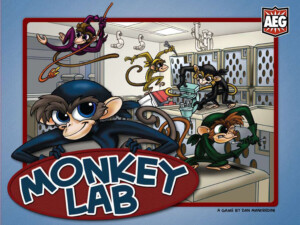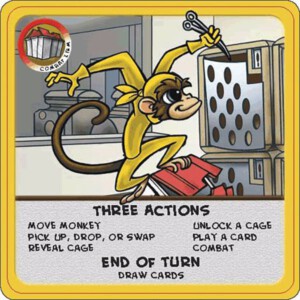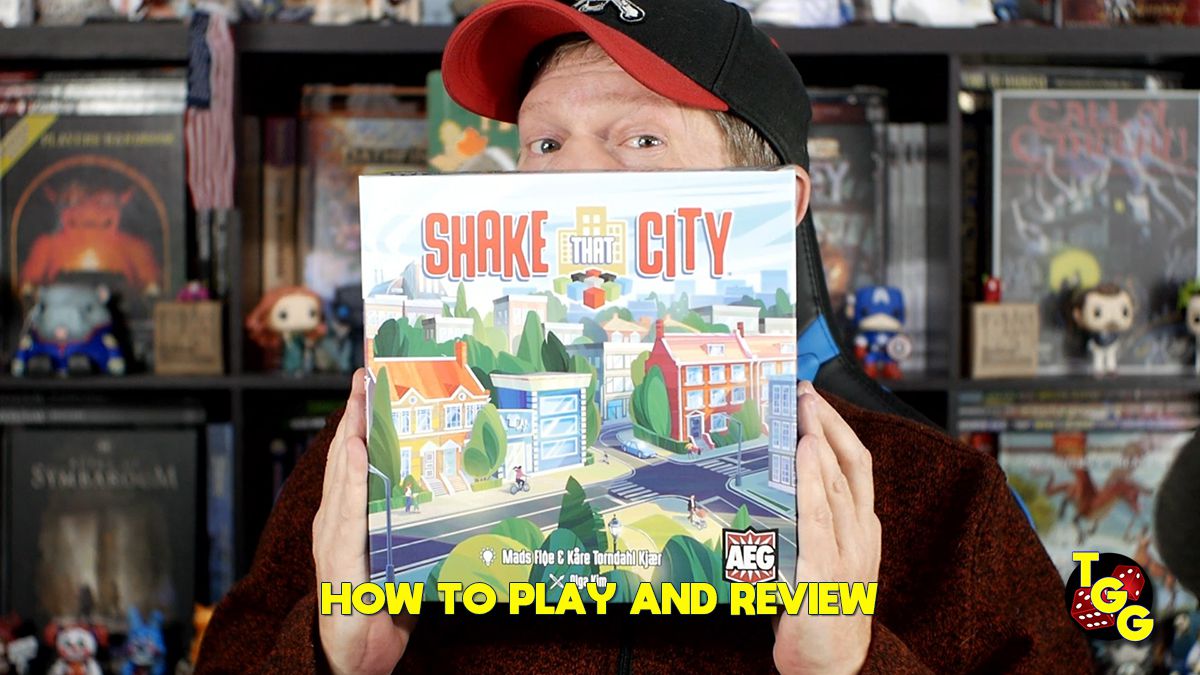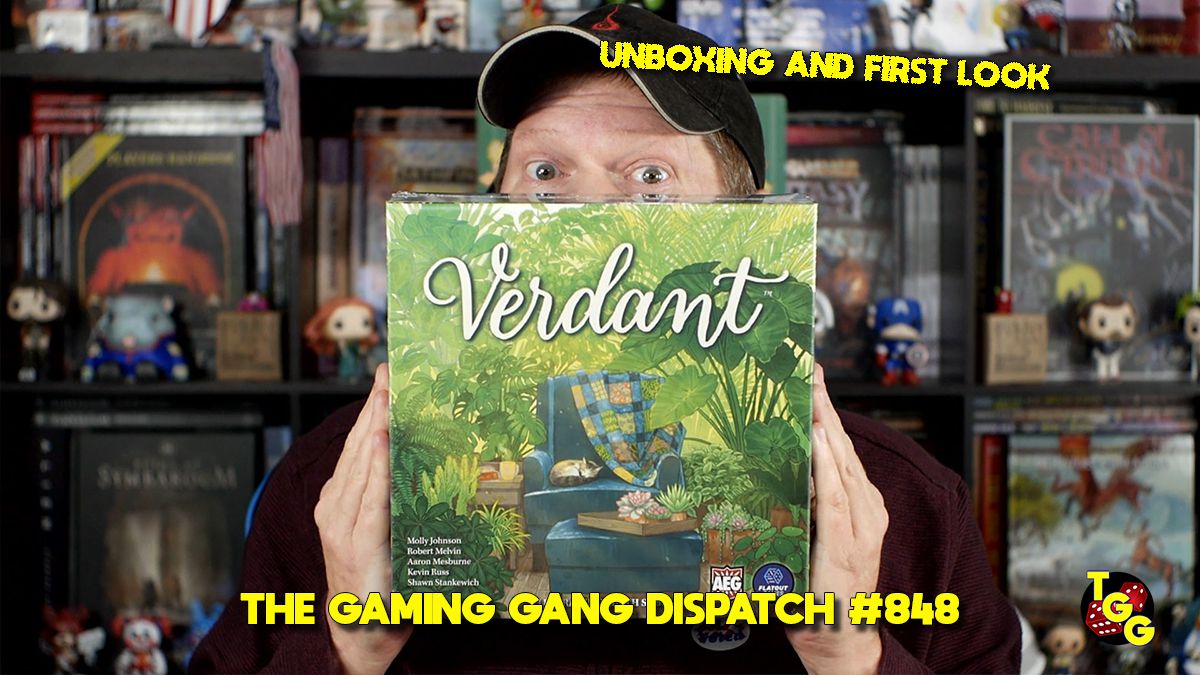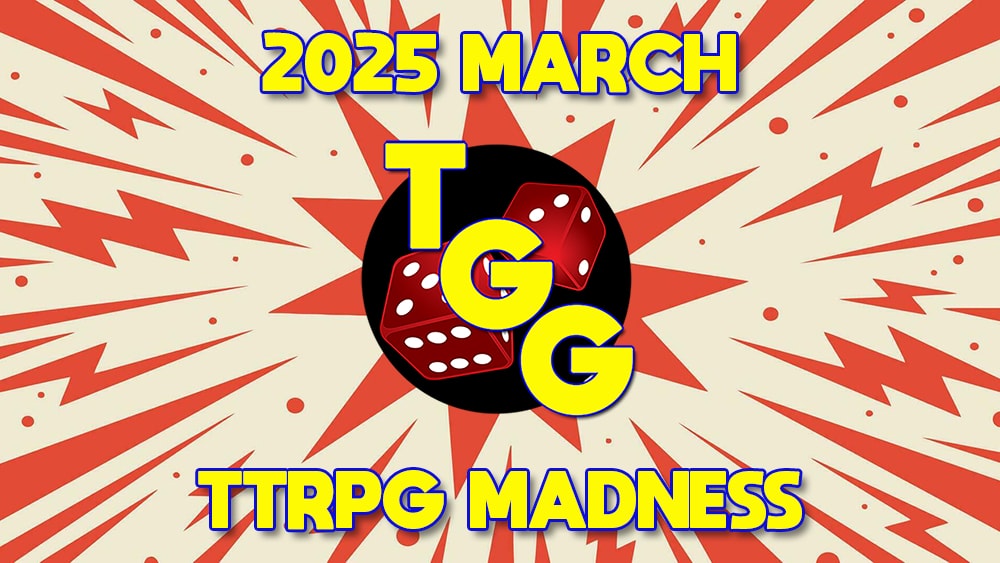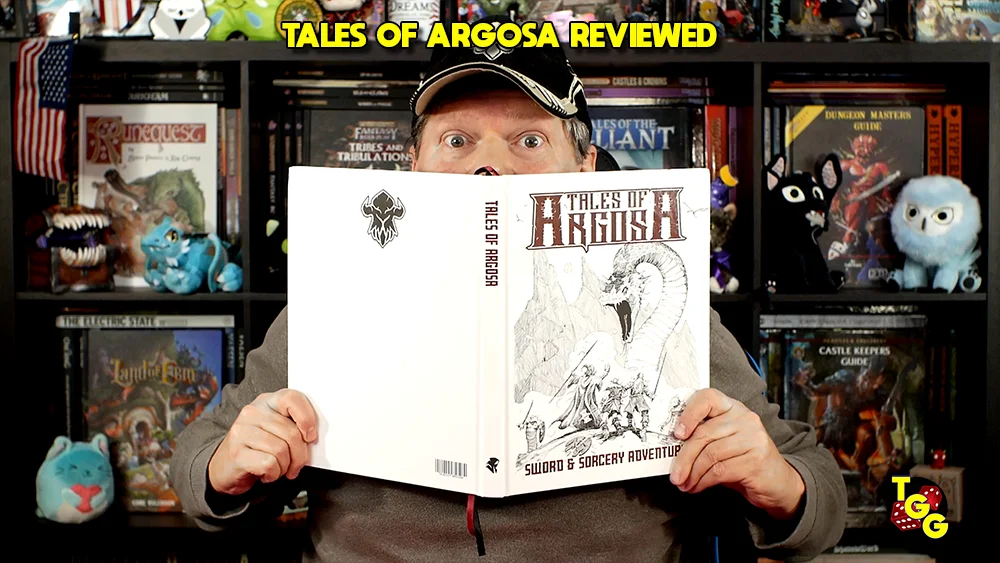Publisher: Alderac Entertainment Group (AEG)
Designer: Dan Manfredini
Artist: Llyn Hunter
Genre: Pick up and delivery, action point allotment game
Year: 2009
Players: Two to four players
Ages: 12+
Playing time: 30 minutes
MSRP: $34.95
I have two very strong first impressions of Monkey Lab. First, the figures of the monkeys and Murray the Guard are fantastically detailed. Murray’s jaw reaches squarely up to his forbidding brow. The monkey’s hands and faces are so lively you can’t wait to send them screaming through the lab. Second, the cage and point tiles are strong enough to kill pigeons. The Alderac Entertainment Group (AEG) may be new to boardgames, but they know how to put together a lively box of engaging stuff.
When a box says the game will last about thirty minutes but is intended for players age twelve and up, you have to wonder what kind of game you’re getting into. One of those numbers will probably move; happily, it’s the second one. Maybe AEG was worried about the theme—escaped lab monkeys return to free their compatriots—but I imagine that much younger children could enjoy this game. And that thirty minutes? That includes set-up time.
To start the game, you arrange the four double-sided room tiles to form the lab. Each lab room gets an upside-down cage tile (there are more tiles than rooms, so secret distribution is key), and two object tiles; the latter are immediately turned face up. Each player gets a monkey in one of four colors, a matching monkey tile (it reminds you of the actions you can take and which item is your combat item), and two cards. The monkeys gather in the foyer and away you go.
The game plays quickly. You have three action points and, inevitably, six possible actions: move from one room to another, pick up (or drop or swap) an item, reveal a cage , open a cage (more on cages in a bit), play a card, or fight. Cages are at the core of the game. Revealing a cage means that you flip the cage tile to find the number of monkeys you’ll score (two or three—one fewer if your monkey happens to be near the cage when it’s opened) and the items you’ll need to have in the room in order to open the cage—either in hand or just lying about. Some of the cages require three items, but only two items are initially distributed to each room, so a lot of this game involves solving a series of distribution puzzles.
The solution to the puzzles is made easier with the cards. One card moves your monkey faster, another moves Murray (he stops turns and movement—a great way to hinder your opponents), but most of the cards deal with redistributing items. Of course, you don’t want to move all the stuff you need to open a cage into a room and find that you’re at the end of your third action. The others will converge quickly, I assure you. Once you’ve opened the cage, the tile comes over to your area for points.
You play until you’ve exhausted the card deck and someone’s out of cards, or until all the cages are opened. The player with the most monkey points wins.
Monkey Lab is a departure from AEG’s usual work which runs toward the detailed and/or dark (Legend of the Five Rings, Tomb, Thunderstone, and so on). But the company’s been moving in other directions recently. Straw is an early example—a light, family card game. Abandon Ship! is a more recent example of AEG’s interest in lighter games. Monkey Lab is an excellent addition to this line up.
It would be easy to mistake Monkey Lab for a simple game. Monkeys! Running around! In a lab! Where’s the challenge?
First, like all games with action points, you never have enough actions. Second, the shifting of objects…but wait, other people are shifting stuff around, too. You can only carry one item, and you can beat up on other monkeys and send them away if you’re carrying the right object, but that particular object might not be the one you need to open this cage, so what to do? Third, Murray. Do you put him at a chokepoint so you can free monkeys without the other players wandering in? Oh, but there are other cages on the other side of Murray. In other words, you have a series of satisfying challenges amplified by the other players and their actions. Almost all the information is open; only the cards are kept hidden.
I’ve played this a couple of times with my wife and once with my in-laws. And it was a lot more fun with a full complement of monkeys running around. The board seems to shrink, and you feel an almost desperate pressure to do everything at once. It gets delightfully manic, like a monkey in a cage.
- Titan Comics for February 21st, 2018 - Feb 17, 2018
- The Gardeners and the Panda?: A Review of Takenoko - Jan 25, 2012
- You Made a Time Machine Out of a DeLorean? Back to the Future – The Card Game Reviewed - Jan 8, 2012


